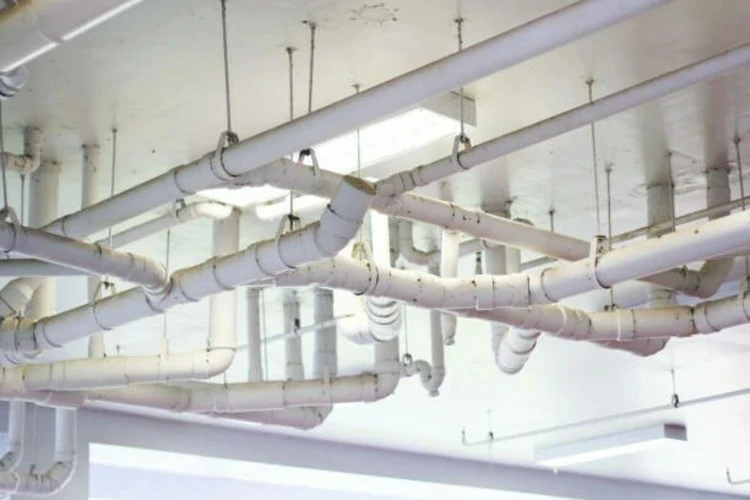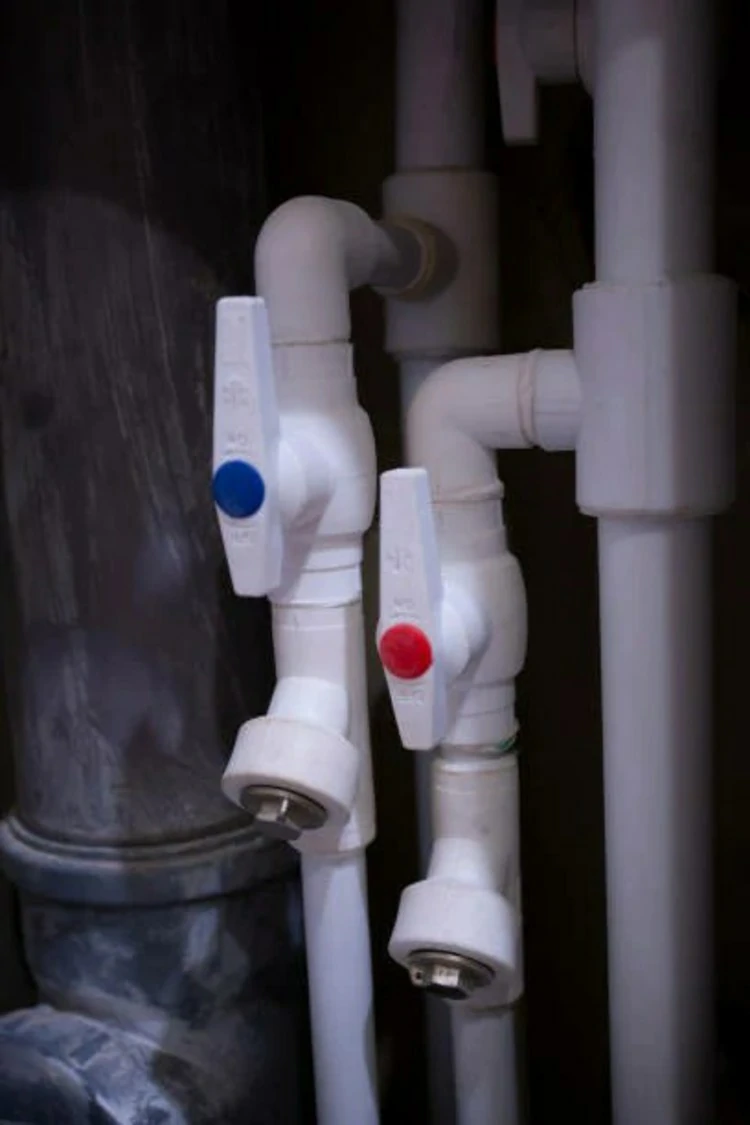Introduction
In the pursuit of sustainable construction practices, the recycling of materials plays a pivotal role. PVC (Polyvinyl Chloride) pipes, a commonly used plumbing material, can significantly contribute to sustainable initiatives through proper recycling. This article explores the importance of PVC pipe recycling, shedding light on the environmental benefits and the role it plays in fostering eco-friendly construction practices.

1. The Environmental Impact of PVC Pipes and the Need for Recycling
1.1 PVC Pipes in Construction: A Widely Used Material
PVC pipes have become a staple in the construction industry, known for their versatility, durability, and affordability. However, as with any material, the production, use, and disposal of PVC pipes can have environmental implications. Recognizing the environmental impact is crucial, prompting the need for sustainable practices such as PVC pipe recycling.
1.2 Challenges of PVC Waste Disposal
The disposal of PVC waste poses challenges due to its non-biodegradable nature. When PVC pipes reach the end of their life cycle, improper disposal methods can lead to environmental harm. Incineration of PVC releases harmful chlorine gas, and landfilling contributes to long-term environmental issues. PVC pipe recycling emerges as a responsible solution to address these challenges and minimize the environmental footprint.
1.3 The Role of Recycling in Environmental Conservation
Recycling PVC pipes aligns with environmental conservation efforts. By diverting PVC waste from landfills and incinerators, recycling reduces the release of harmful substances into the environment. Additionally, recycling conserves resources by reusing PVC materials in the manufacturing process, contributing to a more sustainable and circular approach to resource management.
2. The Process of PVC Pipe Recycling: From Collection to Reincarnation
2.1 Collection and Sorting of PVC Pipes
The first step in PVC pipe recycling involves the collection and sorting of discarded pipes. Construction sites, demolition projects, and plumbing renovations are common sources of PVC waste. Proper collection and segregation are essential to ensure that only PVC pipes are included in the recycling stream, avoiding contamination from other materials.
2.2 Grinding and Shredding: Breaking Down PVC Materials
Once collected, PVC pipes undergo a grinding and shredding process. This mechanical breakdown reduces the pipes into smaller particles, creating PVC granules or flakes. The goal is to prepare the material for further processing while maintaining the integrity of the PVC for reincorporation into new products.
2.3 Purification and Conversion into New Products
The ground PVC material undergoes purification to remove impurities and contaminants. Following purification, the recycled PVC can be melted and formed into new products. These can include a variety of items, such as pipes, fittings, or other construction materials. The versatility of recycled PVC allows it to be reincarnated into various forms, contributing to the circular economy.
3. Advantages of PVC Pipe Recycling: Economic and Environmental Benefits
3.1 Economic Benefits for Industries and Businesses
PVC pipe recycling offers economic advantages for industries and businesses. The recycled PVC material can be cost-effective compared to manufacturing new PVC, providing financial incentives for businesses involved in construction, plumbing, or manufacturing. Embracing recycled PVC also aligns with corporate sustainability goals, enhancing the overall reputation of companies.
3.2 Environmental Benefits: Energy Savings and Emission Reduction
Recycling PVC pipes results in significant environmental benefits. The energy required to recycle PVC is considerably lower than the energy needed for the production of virgin PVC. This energy savings translates into reduced greenhouse gas emissions and a smaller carbon footprint. By choosing recycled PVC, industries contribute to mitigating climate change and promoting a more sustainable future.
3.3 Closing the Loop: Circular Economy and Resource Conservation
PVC pipe recycling plays a vital role in closing the loop of the circular economy. By reusing PVC materials in the production of new pipes or products, the need for virgin PVC is reduced. This resource conservation contributes to the longevity of PVC as a material and fosters a more sustainable approach to construction practices, aligning with the principles of a circular economy.
Conclusion
PVC pipe recycling stands as a cornerstone in the journey toward sustainable construction practices. Beyond the versatility and durability of PVC pipes, recycling contributes to environmental conservation, economic benefits, and the promotion of a circular economy. As industries and businesses increasingly recognize the importance of responsible waste management, the adoption of PVC pipe recycling emerges as a key practice in building a greener and more sustainable future.
Contact:
IFAN is a manufacturer with 30 years of experience, specializing in plastic pipes, fitting, and valves in China. If you are interested in IFAN’s copper valves, PPR valves, pipe, and fitting, feel free to contact us. IFAN provides various standard pipes to meet your specific needs. Click the link below to explore IFAN’s diverse, cost-effective valve products, as well as related pipeline system products.
We will reply your email or fax within 24 hours.
You can call us at any time if there is any question on our production.
For more information,pls visit our webside https://www.ifanplus.com/
Pls Mailto: [email protected]






